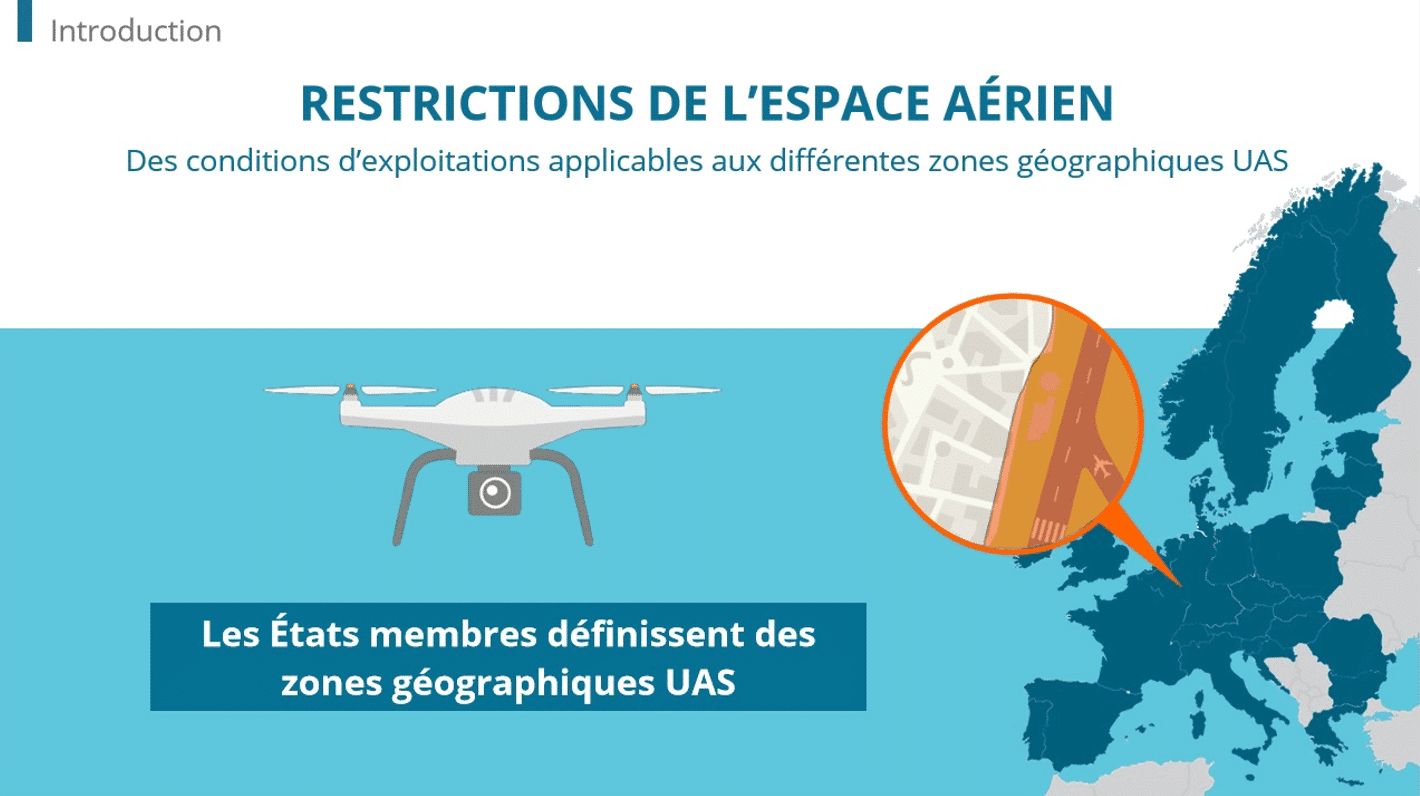Navigating the intricate waters of industry regulations demands more than just knowledge; it requires mastery. Whether in the B2B or B2C sector, most industries have their respective regulatory bodies. Compliance competence and proficiency are a must to ensure procedural integrity, avoid fines, and prevent reputational damage. However, regulatory training isn’t always easy to implement. Learn about the challenges and how Dokeos learning management system (LMS) can address the common hurdles.
Keeping track of Updates
Amendments to regulatory guidance can occur quite often. Keeping track of these changes can be tricky. Questions may come up:
- What changes were made?
- Which regulatory body made the changes?
- In which regulatory section were changes made?
- When and where are these changes applicable?
HR will need to determine the answers to the above. However, once they collect the answers, they can organize the information into a more easily digestible format. Changes can be clearly explained using simpler terms and wording. Adopting a what, who, where, when, and why answer format is another effective way to disseminate updates.
Learning the exceptions to the rules
What makes compliance training especially tricky is that procedures are hardly straightforward. Often, there are exceptions, and there are rules on how to handle those exceptions. What’s more, scenarios in which these exceptions come up are rare, so employees seldom have the chance to put these rules into real-world practice.
One example is the U.S. Department of Health and Human Services (HHS). HHS implemented an information-blocking rule through the 21st Century Cures Act. This states that healthcare providers may not block the sharing and exchange of digital health records. However, the rule also lists a category of eight exceptions in which information blocking is permitted.
E-learning can make learning these exceptions more manageable by dividing modules into sub-modules or branching nodes. Sub-modules can contain image-rich feedback to help with learning and memorization. In the information-blocking example, privacy is one of the exceptions. What types of graphics, symbols, and media can be used to convey privacy?
Lack of training and too much rote learning
A typical course may consist of some reading material followed by a quiz. This may be once or twice a year or whenever there’s an update. This is inadequate and leaves employees unprepared to apply the procedures in real work setting scenarios. Training should never be a one-off. It requires repetition and utilizing diverse learning modalities. The more senses (visual, auditory, kinesthetic, etc.) it incorporates the better.
Consider these ways you can incorporate more hands-on education in an e-learning format.
- Live webinars that encourage active student participation
- Videos demonstrating procedures in action
- Interactive videos with annotations
- Quizzes with open-ended answers
- Live role-play or mock drill sequences among staff and even students to demonstrate understanding
Lack of motivation
There’s a perceived notion that compliance is the responsibility of the higher-ups and doesn’t apply to employees. It also doesn’t help that compliance training isn’t exactly the most exciting subject matter. Employees will complete the course simply out of obligation, with no drive to internalize what they learned. HR will need to answer the question: How do you motivate the students to encourage maximum participation? Here are effective means of instilling ambition.
1) Explain how compliance affects them. For example, if the company fails an audit, this could have a domino effect. This could start with a hefty fine. To recoup for the lost money, the employer may lay off employees or reduce hours. Use real-life examples, preferably from high-profile incidents in the same industry.
2) Gamify the course. Add competitive elements, such as digital trophies and leader scoreboards. A visual representation of their performance in relation to other students encourages active participation.
Courses are too long
Official regulatory materials can be quite lengthy and consist of dozens of PDFs, each with pages in the three-digit range. It’s only natural that HR puts together a compliance course that’s lengthier than originally intended. This becomes an inhibitor because drawn-out courses lead to a loss of interest and memory retention.
Fortunately, modern learning management systems make it easy to create courses broken down into bite-sized chunks. Each module should consist of one lesson and answer a single question. They should also be designed to be completed during pockets of spare time and take 10 minutes max. Modules can be spread out; perhaps a new one is released every other day. Studies show that spaced learning is more effective than cramming. Students may be tempted to do the latter to get it over with if the course is released in its entirety at once.
At Dokeos LMS, We simplify regulatory training
Challenges are likely to arise when addressing the ever-complex issue of compliance. However, Dokeos LMS was designed using modern AI and machine learning elements. Our LMS creates an ideal remote training environment for industries ranging from retail to manufacturing. Combined with its suite of automation tools, this makes regulatory training far more manageable for the administrators and more digestible for the course takers.
Thanks to our positioning tests, you can implement regulatory training on a scale never seen before, thanks to pedagogical AI! This is no longer the time for quantity, for standardized training courses for your 1,000 learners. Now it’s time to individualize your training paths to achieve a better learner experience, with the aim of increasing skills.
Are you an instructional designer or training manager looking for an LMS platform that implements Compliance Training in an adaptive way? Digital Learning leader since 2004, Dokeos is a creator of e-learning solutions.
Begin with a free trial today!
















